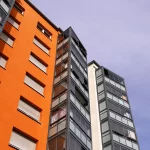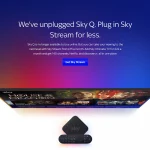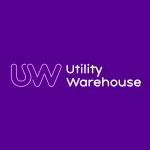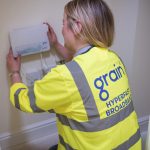UPD Why Fibre Based Broadband Internet Access is Not Always Superfast
Just because your local authority has promised to cover 98% of homes and businesses with “fibre-based broadband” does not mean that you’re going to get a superfast broadband (25Mbps+) speed and, according to at least one council, you might only get downloads from upwards of 2Mbps.
ISPreview.co.uk has delved into the often murky world of “fibre optic” descriptions and definitions before, which culminated in this post-Christmas article: Will the Real Fibre Optic Broadband Service Please Stand Up. But recently we’ve begun to see a new trend where councils are starting to confuse terminologies in such a way that they could be perceived as misleading.
Advertisement
As a quick recap the government of the United Kingdom wants 90% of people in each local authority area to have access to a “superfast broadband” (25Mbps+) service by 2015, while the remaining 10% have been promised download speeds of at least 2Mbps (Universal Service Commitment). The government has so far set aside around £1bn in state aid to achieve this.
Most councils have so far had the good sense to separate out their “superfast” and “fibre-based broadband” commitments from the semi-separate USC. This makes sense because with current marketing strategies “fibre-based” or “fibre optic” is often reinterpreted by consumers to mean a “superfast” connection.
However the recent Connecting Cambridgeshire announcement began to blur the lines slightly by pledging that “98 per cent of homes and businesses across the county can expect to have access to fibre-based broadband by the end of 2015“, though only 90% could actually expect to receive “speeds of at least 24Mbps“. In other words that last 8% would get speeds of 2Mbps to 24Mbps through a “fibre-based broadband” line (i.e. FTTC / Fibre-to-the-Cabinet).
But FTTC, as we understand BT’s documentation, does not actually support lines that run at speeds below a minimum of 5Mbps (Megabits per second). In fact any speed between 0Mbps and up to 5Mbps on FTTC should in theory be classified as a fault by BTOpenreach’s engineers. We put this point to our Cambridgeshire Council contact but have yet to receive a response, though BT have promised to investigate the matter (we will update with clarification as soon as it arrives).
Advertisement
Admittedly the council probably just made a simple mistake, either that or BT has quietly lowered the fault level for its FTTC lines even further but then somebody would surely have noticed.
It’s our view that “fibre-based” or “fibre optic” descriptions should at the very least be kept separate from anything to do with the current USC as it simply results in too much confusion, as evidence by the fact that some reports only mentioned “superfast” alongside the 98% figure for Cambridgeshire (i.e. no mention of the 90%).
It also makes life increasingly difficult for consumers, many of whom expect anything with “fibre” in the name to at least be “superfast”. In an ideal world we’d also like it if “fibre” was only used alongside true services that take the fibre optic cable all the way to your home (FTTP, FTTH etc.), although sadly nobody in a position of any authority seems to care about that.
UPDATE 10:04am
Advertisement
Thanks to one of our readers (Ian) for pointing out that BT appears to have reduced their FTTC threshold down from 5Mbps to just 2Mbps. The last BT WBC FTTC Handbook we saw, which is supplied to ISPs, stated: “Service will only be provided on lines that the Broadband Availability Checker (BBAC) indicate may achieve a downstream speed of 5 Mbit/s or higher.”
But the latest March 2013 (Issue 8) version allegedly states, “For all services, if the line rate (synch rate) falls below 2 Mbit/s, a fault may be reported to BTW which will be investigated.” It’s unclear precisely when this change snuck in, though our primary point about “fibre” and “superfast” confusion still stands.
Mark is a professional technology writer, IT consultant and computer engineer from Dorset (England), he also founded ISPreview in 1999 and enjoys analysing the latest telecoms and broadband developments. Find me on X (Twitter), Mastodon, Facebook, BlueSky, Threads.net and Linkedin.
« Cornwall UK Expands Superfast Broadband Coverage Target to 95%


















































Comments are closed